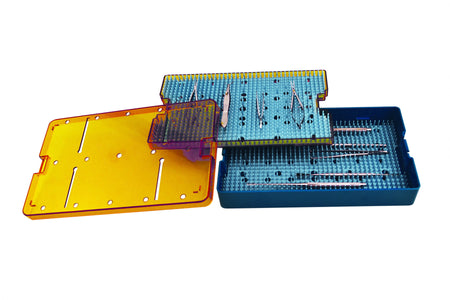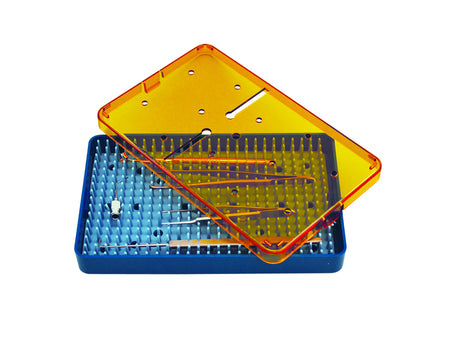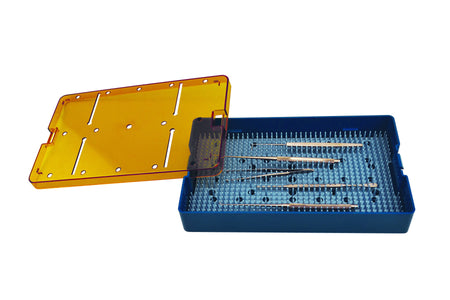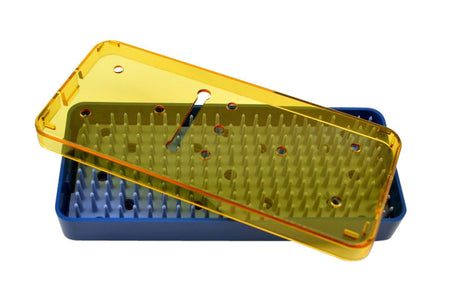Sterilization
Most medical and surgical devices used in healthcare facilities are made of materials that are heat stable and therefore undergo heat, primarily steam, sterilization. However, since 1950, there has been an increase in medical devices and instruments made of materials (e.g., plastics) that require low-temperature sterilization. Ethylene oxide gas has been used since the 1950s for heat- and moisture-sensitive medical devices. Within the past 15 years, a number of new, low-temperature sterilization systems (e.g., hydrogen peroxide gas plasma, peracetic acid immersion, ozone) have been developed and are being used to sterilize medical devices. This section reviews sterilization technologies used in healthcare and makes recommendations for their optimum performance in the processing of medical devices 1, 18, 811-820.






